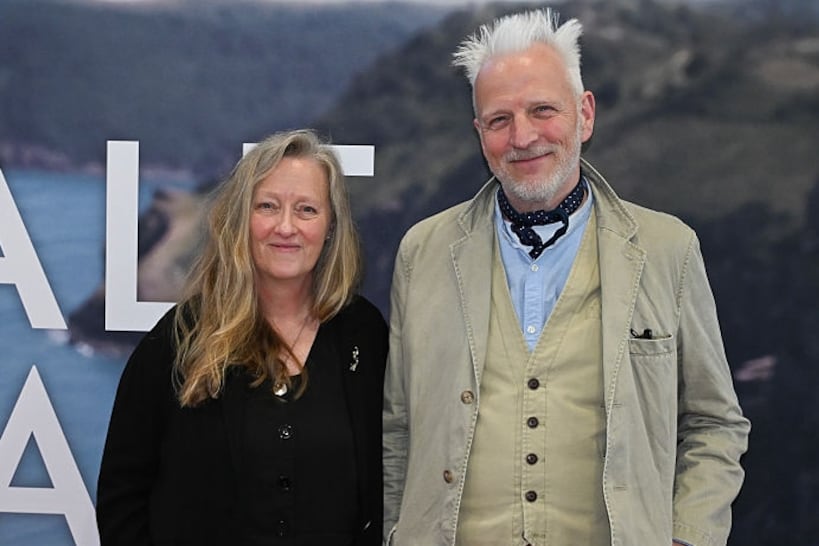The “huge variance” in student dropout rates across colleges and courses is a concern and needs to be investigated, Minister for Higher Education Simon Harris has said.
He was speaking as new data show student dropout rates climbed across all third-level colleges during the 2020-21 academic year. Twelve per cent of first-year students, or more than 5,100 people, did not progress to the second year of their course, up from 9 per cent (3,600) a year earlier.
Mr Harris said the increased dropout rate was likely a reflection of “artificially low” non-completion rates in 2019-20, when the country was under Covid-19 restrictions. He noted that dropout rates the following year, despite the increase, were still below the 16 per cent rate recorded in 2016.
The Minister said he was more concerned about why the dropout rates vary so much across individual programmes and colleges.
READ MORE
“In the data you see huge variances between courses and between institutions, and that merits exploration as well,” he said.
“People can leave college for a variety of reasons; sometimes it can be issues around grade inflation; often it can be issues around loneliness, isolation, moving from home for the first time, around mental health, so we need to look at a consistent approach to these issues across the institutions and perhaps some [colleges] have been better placed than others to assist. I need to see what I can do to bridge that gap.”
Senior academics believe a number of factors were behind the increase, such as disengagement and isolation linked to online learning, as well as reduced access to student support and exam inexperience among students who received predicted Leaving Cert grades.
Dropout rates varied by individual college and were higher at technological universities or institutes of technology than at traditional universities.
The highest rates were recorded at Dundalk Institute of Technology and Southeast Technological University (21 per cent), followed by Atlantic Technological University (20 per cent), and Munster Technological University, Technological University of Dublin and Technological University of the Shannon (all 17 per cent).
The lowest rates were at the Royal College of Surgeons Ireland (3 per cent), and Dublin City University, Mary Immaculate College, Limerick, and St Angela’s College of Home Economics (6 per cent).
Academics said higher dropout rates in technological universities, which typically have lower CAO points requirements, reflect their more varied student intake across a range of academic levels.
Mr Harris was speaking at the headquarters of Cairn Homes, which has announced a €10 million investment in apprenticeship programmes over the coming five years. It comes as official forecasts show the country requires thousands more apprentices and construction workers skilled in retrofitting to meet skills gaps and help reach the State’s climate change targets.
About 15,000 more skilled tradespeople are needed in construction by the end of the decade, while about 17,000 are needed in retrofitting.
The Minister said latest figures are encouraging and show Ireland is on track to have 9,000 registered apprentices by the end of the year, just behind the stated 2025 target of 10,000.
In order to encourage more upskilling in retrofitting, Mr Harris said he was looking at the possibility of creating financial incentive for tradespeople – especially sole traders – to be able to take time off work.













